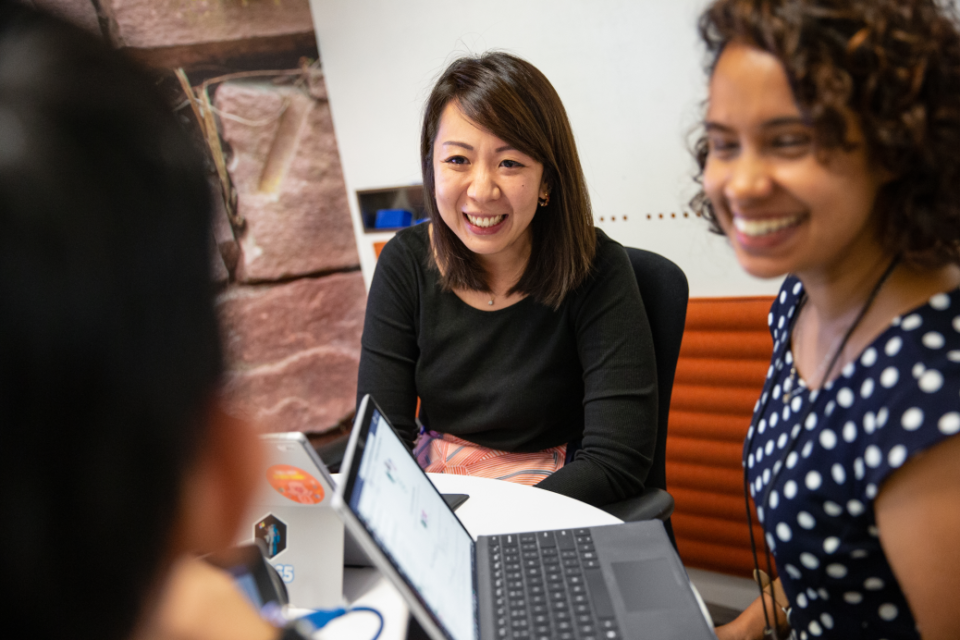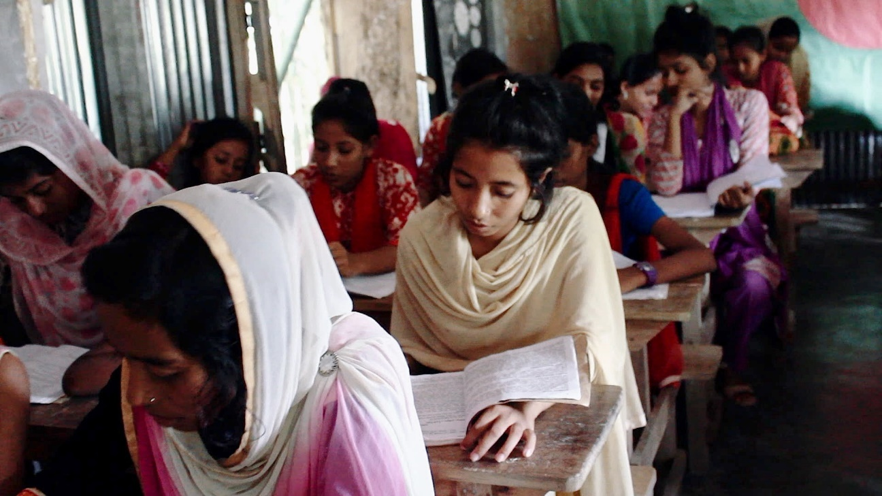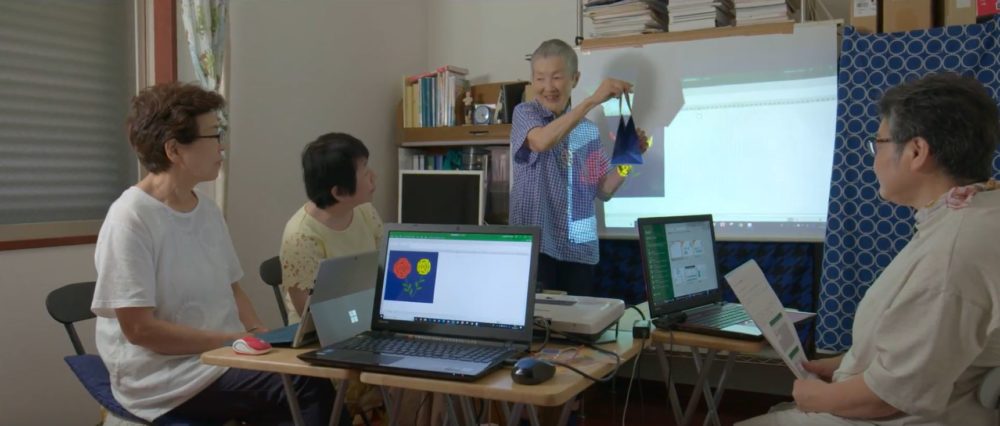 Our journey to bring skills, knowledge and opportunities for women within and outside Microsoft
Our journey to bring skills, knowledge and opportunities for women within and outside Microsoft
By Antony Cook, Regional Vice President and Chief Legal Counsel, Microsoft Asia
This year’s theme for International Women’s Day was “Generation Equality.” It led me to think – and question – the extent of progress this generation has made in achieving such an important goal. The issue is a personal for me: after raising two sons now in University, I am educating a daughter who faces different opportunities and challenges than my older ones. I see it in our efforts to find the right language to use to encourage her in the expectations she has for herself, and those we would like her to have.
A generation characterized by equality should be one where women like my daughter, half of the world’s population, have the same level of opportunities, skills and knowledge as their male counterparts. If we do not reach that goal – if the economy doesn’t represent the world we live in – we miss out on the contribution of 50 percent of the world’s population.
And we shouldn’t stop there. Gender is an important factor, but it is certainly not the only one. Equality starts by advancing all aspects of diversity – cultures, backgrounds, age, abilities – and by practicing inclusion. Equality and empowerment must begin with inclusion.
As Microsoft’s global CTO Diana Kelley recently pointed out, diversity and inclusion are more than a philosophical approach – given the huge need for talent in the digital economy, and the tech sector in particular, it’s a necessity. It’s also an advantage: McKinsey has recently shown that higher rates of gender and ethnic diversity on teams actually correlate to better performance. All of us working in diverse teams know this to be true: the most diverse teams—not only with respect to absolute representation but also of variety or mix of ethnicities, gender and experiences—outperform their peers.
While great progress has been made, both within and outside Microsoft, we are still on a journey. Our company has been very focused on this issue, and since 2014, is among just 3 percent of the Fortune 500 companies to share our full workforce demographic data with the public. A few months back, in November 2019, we published our first Diversity & Inclusion Report, which shows that representation of women at Microsoft is, on a year-on-year basis, up 1.1 percent overall and up 1.4 percent among executives. It’s far from equality, but it’s a step in the right direction.
One of the key drivers of this growth, including in my team across Asia, has been our effort to create diverse slates. While it can mean taking longer to recruit candidates, we focus on ensuring that the slates for any role we recruit must have a good representation of both gender and other diversity factors important in the region. We also strive to have diverse interview panels and make a conscious effort to ensure that candidates with commensurate skills and experience are equivalently compensated, regardless of their gender, ethnicity or personal circumstances.
Hiring diverse talent is a starting point. To go further, as a leadership team we are making a particular effort to provide people in mid-career – both women and men – with an opportunity to develop the informal networks and experiences that support their development and advancement in a large multinational company like Microsoft. This involves increasing their exposure to leadership, appointing them mentors, and assigning them stretch projects that can increase their connections across the department.
I benefitted from many of these experiences early on in my career, being mentored by remarkable female leaders when I worked at Freshfields Bruckhaus Deringer in Hong Kong as well as during the early stages of my career at Microsoft. As a result, I know first-hand of the importance of these types of connections.
Working in a technology business like Microsoft, the need to continue these efforts and to make additional advances in attracting and supporting female STEM student numbers is evident.
Microsoft’s research shows young girls are losing interest in STEM subjects at an early age, reducing the number of women in STEM career fields. There are many reasons for this, from peer pressure to a lack of role models and support, as well as a general misperception of what STEM careers look like in the real world and how these skills can help unlock their career ambitions. This research highlights the need to do more to support and inspire women to enter and build careers in the tech industry.
It is also why we are working hard to overcome these challenges through Microsoft Philanthropies’ skills and employability programs across the region, where 60 percent of the participants in our programs are underserved women. Our grants support governments and nonprofit organizations working to provide them with the skills required to secure employment in the digital economy. I am incredibly inspired by the determination and enthusiasm of people like Devi in Chennai, who attended a digital skills program run by Aide et Action in India and then started her own successful business, or like 82-year old Ms. Masako Wakamiya, who teaches other Japanese elders about the wonders of today’s digital world and how to participate fully in it. The key to these programs has been linking skills training with access to job opportunities and providing support throughout to ensure success.
After all, attracting, developing and helping women to thrive in STEM is vital to not only Microsoft’s success, but also to ensuring that the technology we create represents the people and communities that we want to serve.
We are on a journey, and I am optimistic about a future where everyone – both my sons and my daughter – has access to the skills, knowledge and opportunity they need to succeed. Because when everyone has an opportunity to reach his or her full potential, we all prosper.








